Connecting Communities to Improve Health and Economies
Connecting communities leads to healthier populations, stronger local businesses, and regional economic growth.
That’s why WGM Group focuses on including safe and accessible bike lanes and pedestrian pathways in our projects. It’s also why we design transportation infrastructure that makes it easier to travel between neighborhoods, and parks that bring people together.
Montana’s own Headwater Economics published a 2016 report titled “Measuring Trails: Public Health” that found that trails can improve public health by making exercise more accessible and providing safer transportation for cyclists and pedestrians. For example, “In Morgantown, West Virginia, 60 percent of trail users report they exercise more regularly since they began using trails, and 47 percent of trail users report getting their recommended physical activity through trail use alone.” Closer to home in Whitefish, Montana we’ve seen The Whitefish Trail attracts a staggering 72,966 annual trail users. Those trail users in turn add $6.4 million in consumer spending to the local economy, and support 68 jobs for community members.
Over the years, we’ve had the honor of working with developers and public sector leaders to make recreation and daily connection more accessible.
Here are just a few examples:
Bringing $32.5 Million in Investment to a Connected Downtown Whitefish
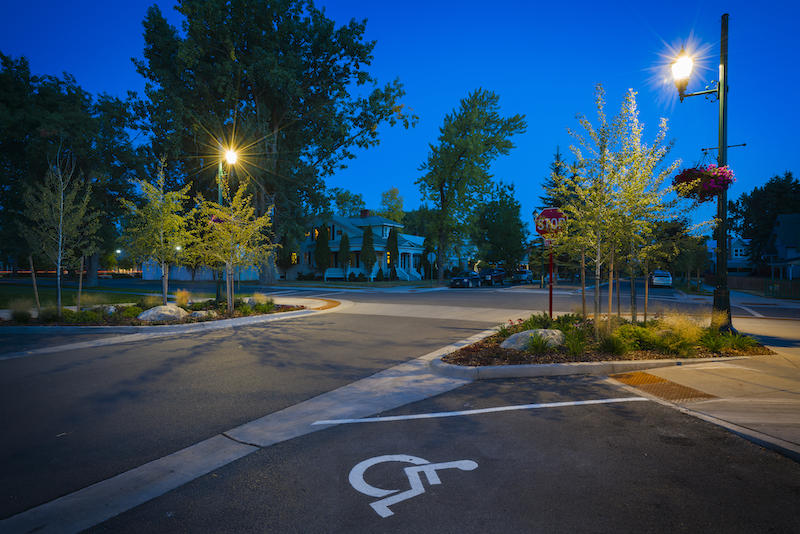

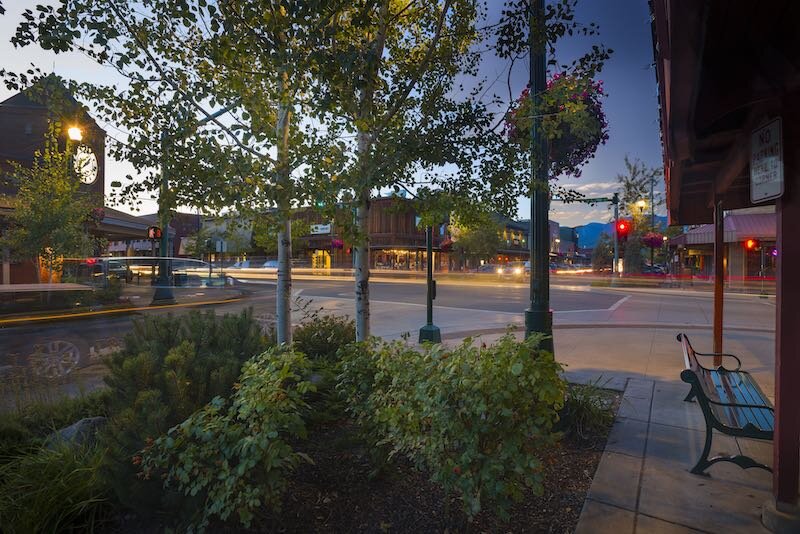
Due in part to a brand built on understanding community values and evolving needs, WGM Group was selected as the winning contractor to design and engineer three key intersections on Central Avenue. Our focus was creating a safer pedestrian corridor, and a welcoming downtown hub that would support small businesses and attract new investment. In 2011, WGM Group started construction on landscaped intersections (also known as “pocket parks”) that brought a natural environment into the city center. Carefully engineered apron transitions to street crossings signaled that foot traffic was safe and welcome in the downtown core. Reconstructing the Central Avenue intersection at 2nd Avenue slowed traffic down, and transformed a fractured retail environment into a continuous corridor.
These investments in well-planned and carefully designed downtown infrastructure led to an impressive $32,550,112 in private investment from January 2011 through December 2018.
Creating a Master Plan for Whitefish’s Bike and Pedestrian Travel
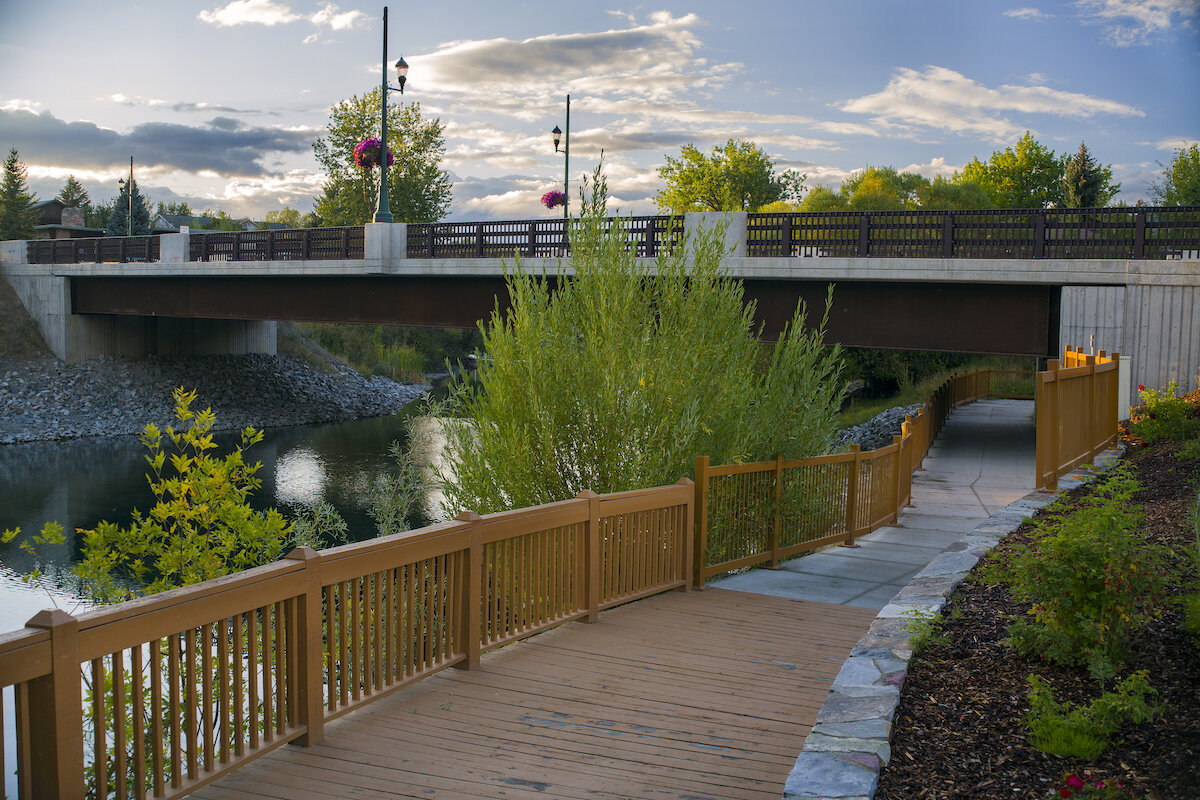
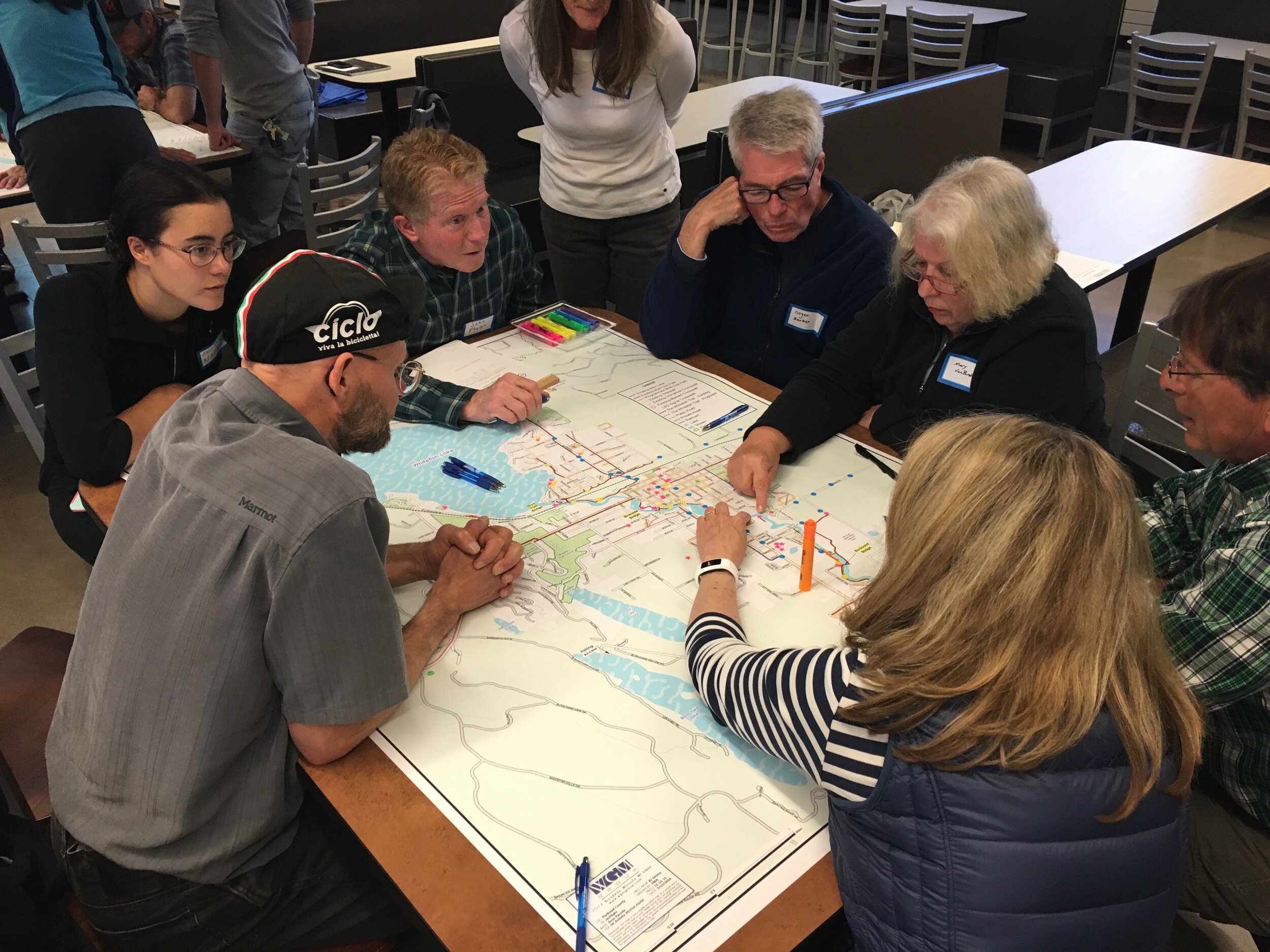
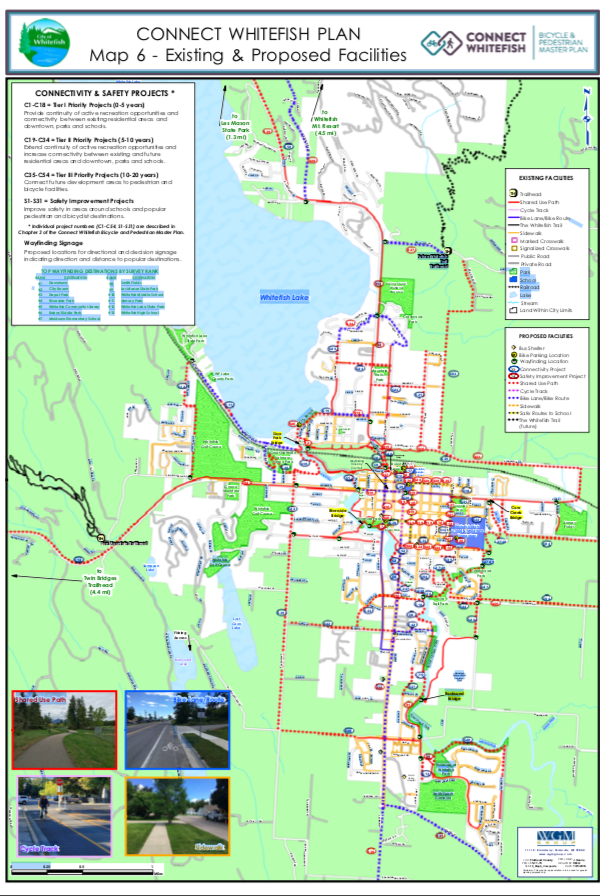
WGM Group completed the Connect Whitefish Bicycle and Pedestrian Master Plan for the City of Whitefish in 2017. We developed an inventory of existing facilities and drafted design guidelines for future facilities. The project included an extensive public outreach program, including several public meetings, an online survey, and a presence at local functions like the Farmer’s Market.
WGM Group coordinated the plan with the Bicycle and Pedestrian Advisory Committee, City staff, Parks Board, and Flathead County staff. The Plan provides the City of Whitefish with information, strategies, tools and specific recommended actions to promote and further implement a sustainable multi-modal local transportation system.
Winning Awards for Bike Safety with Missoula’s North Higgins Streetscape
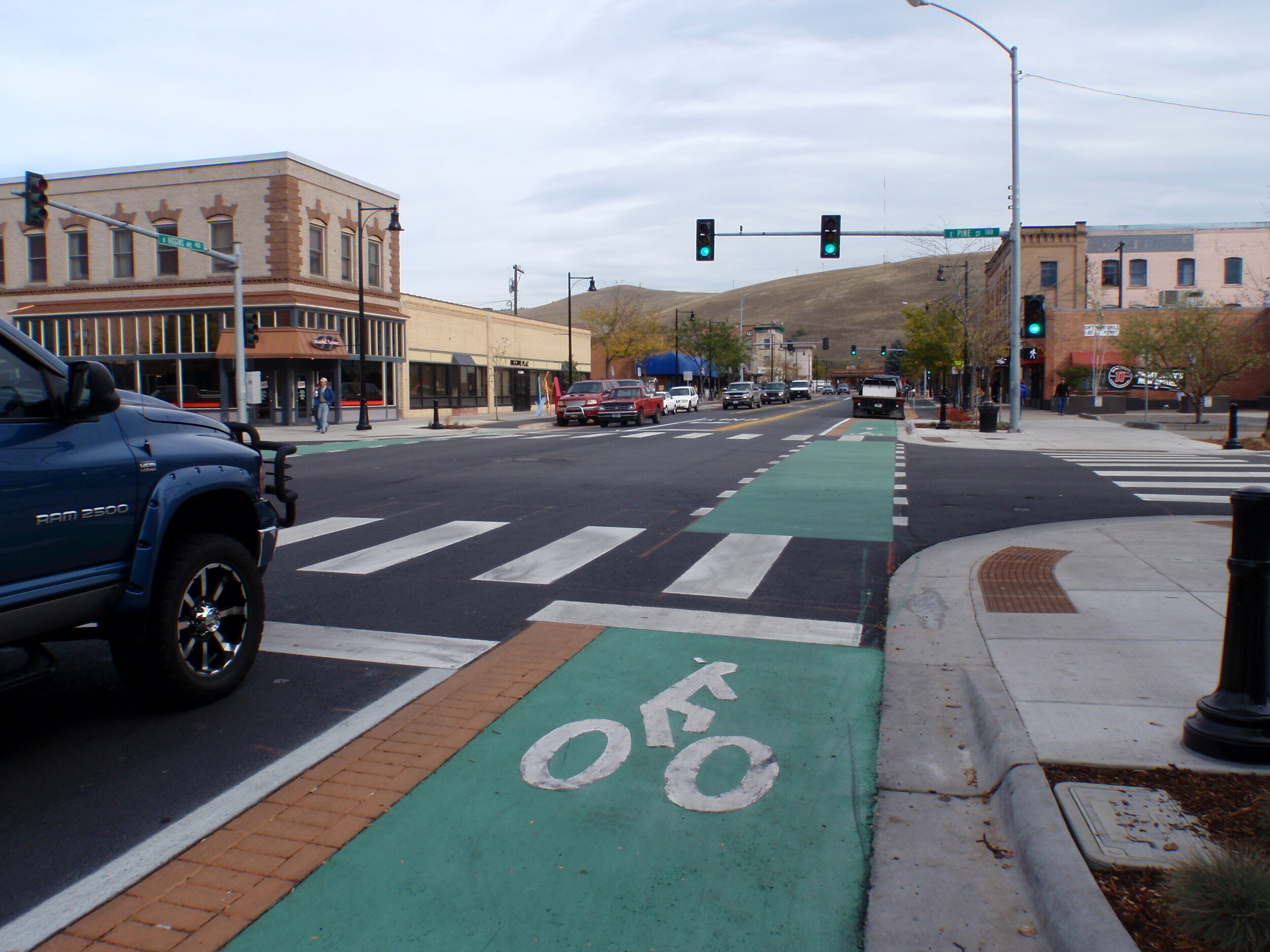
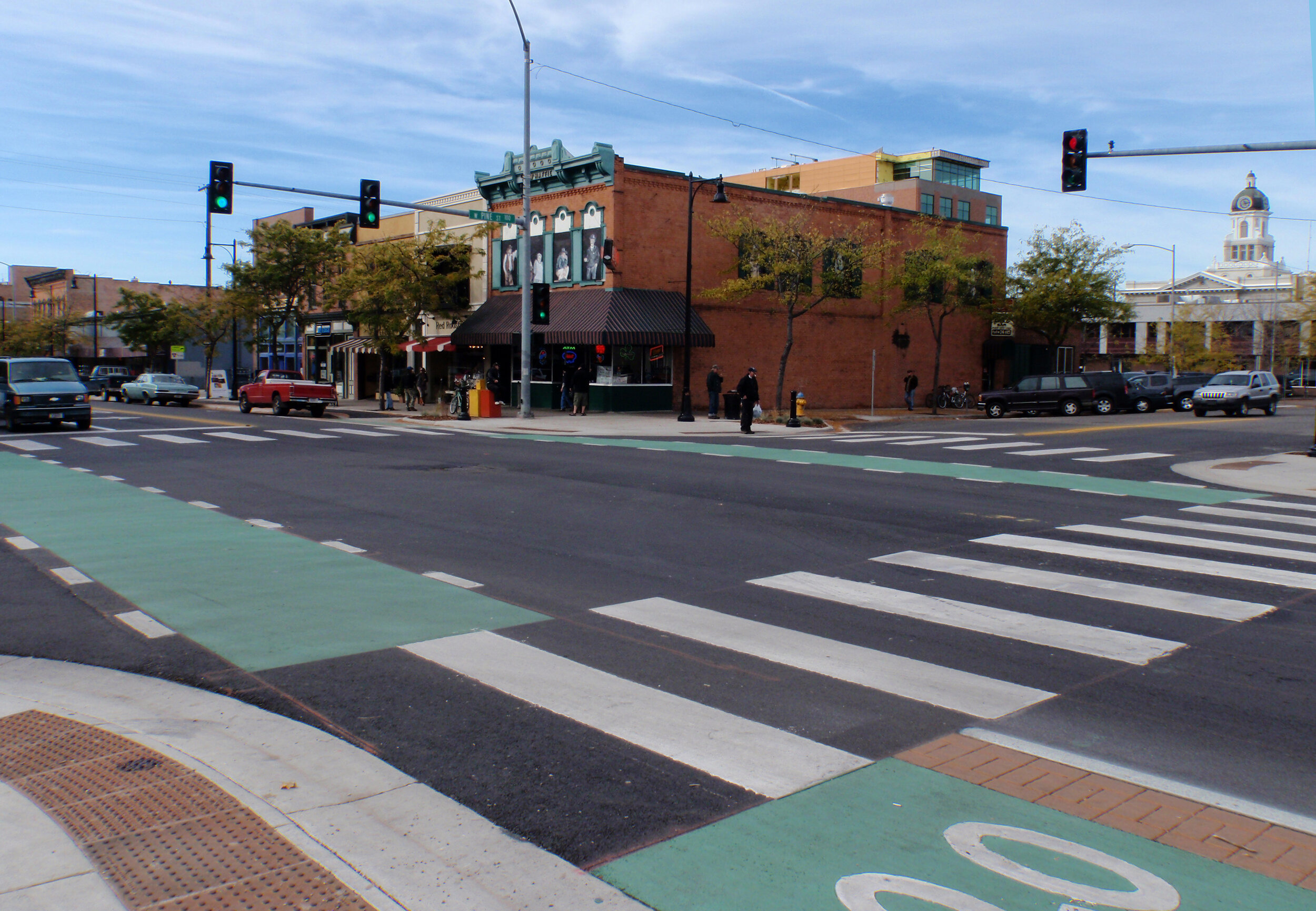
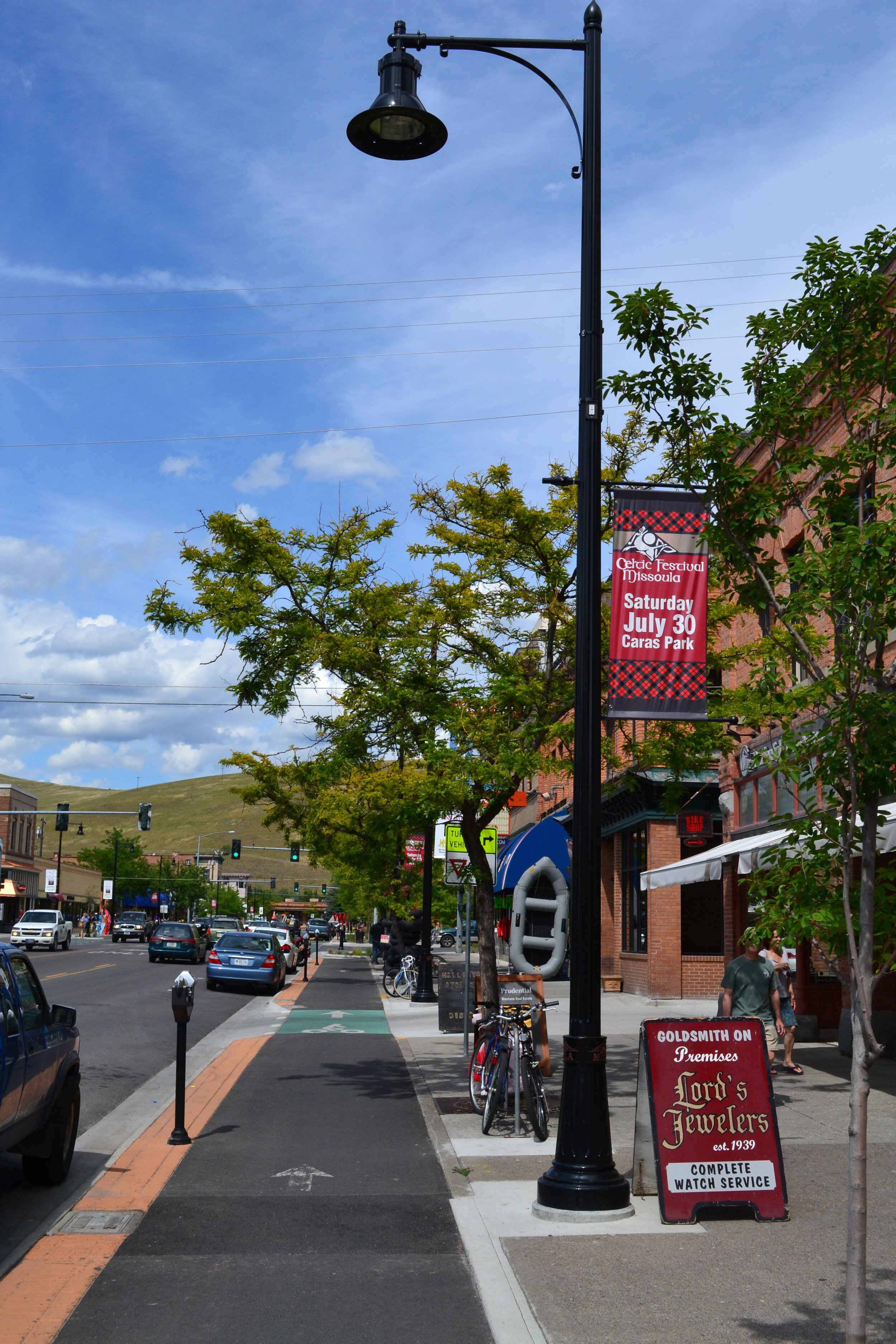
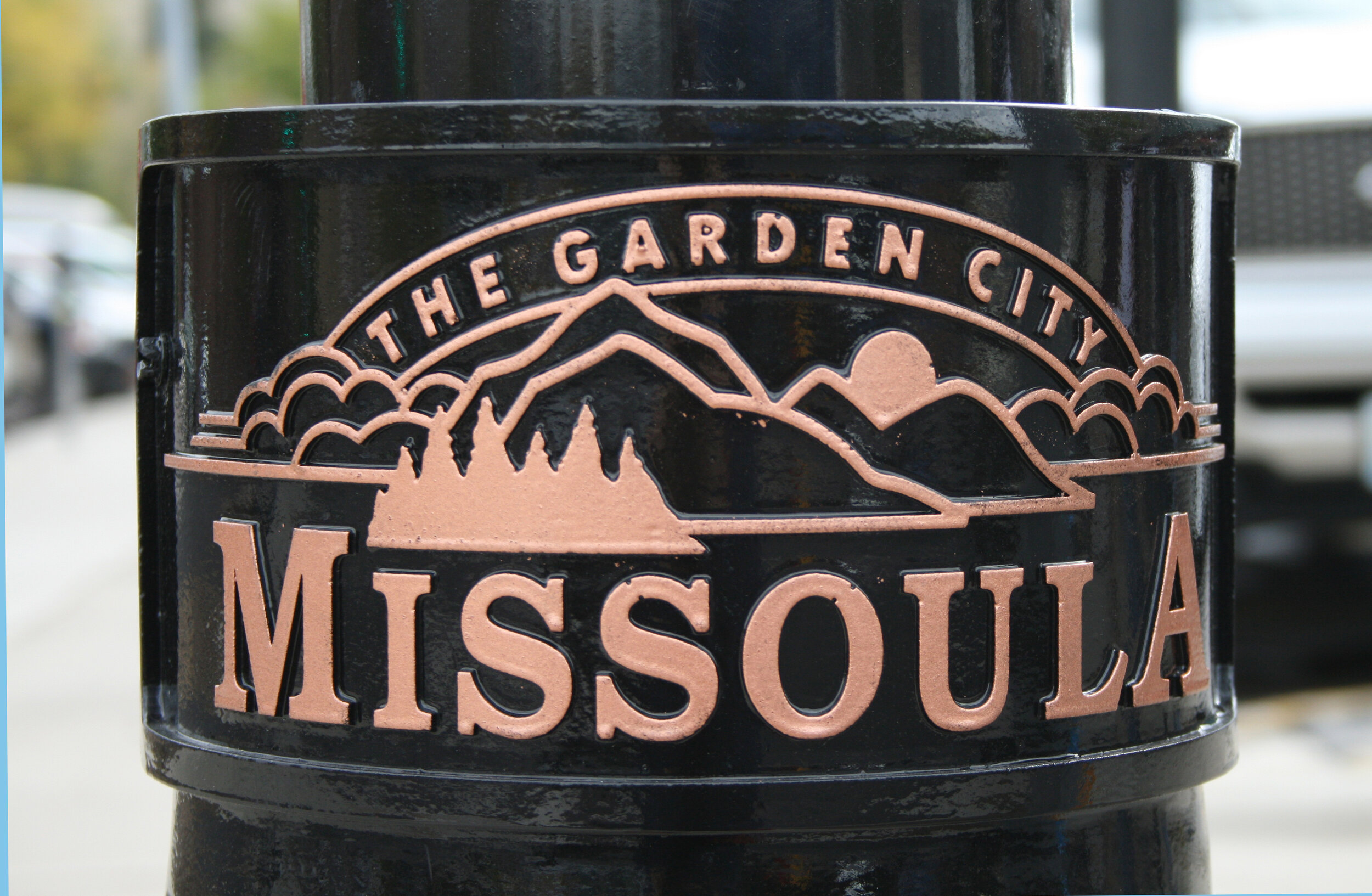
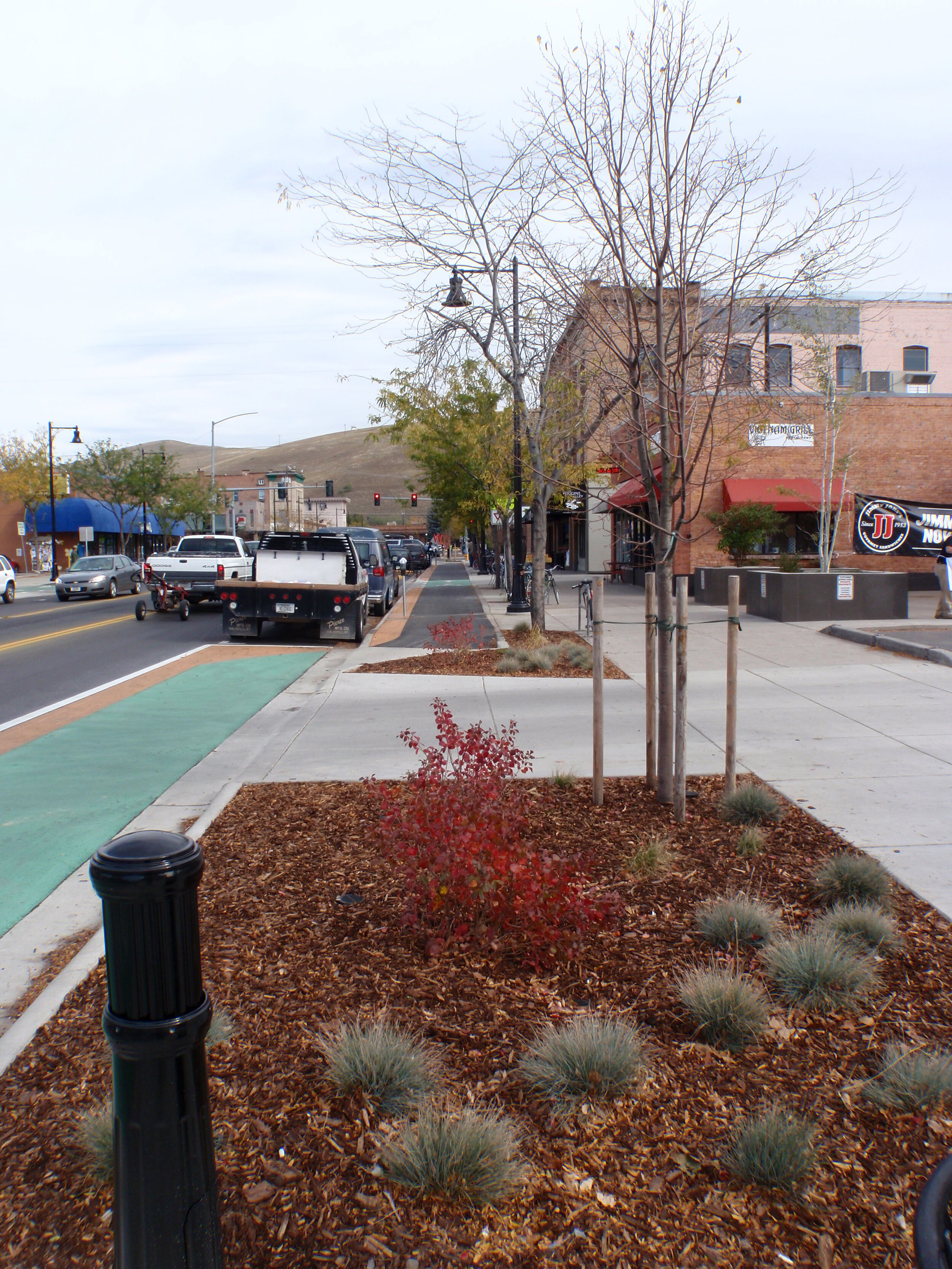
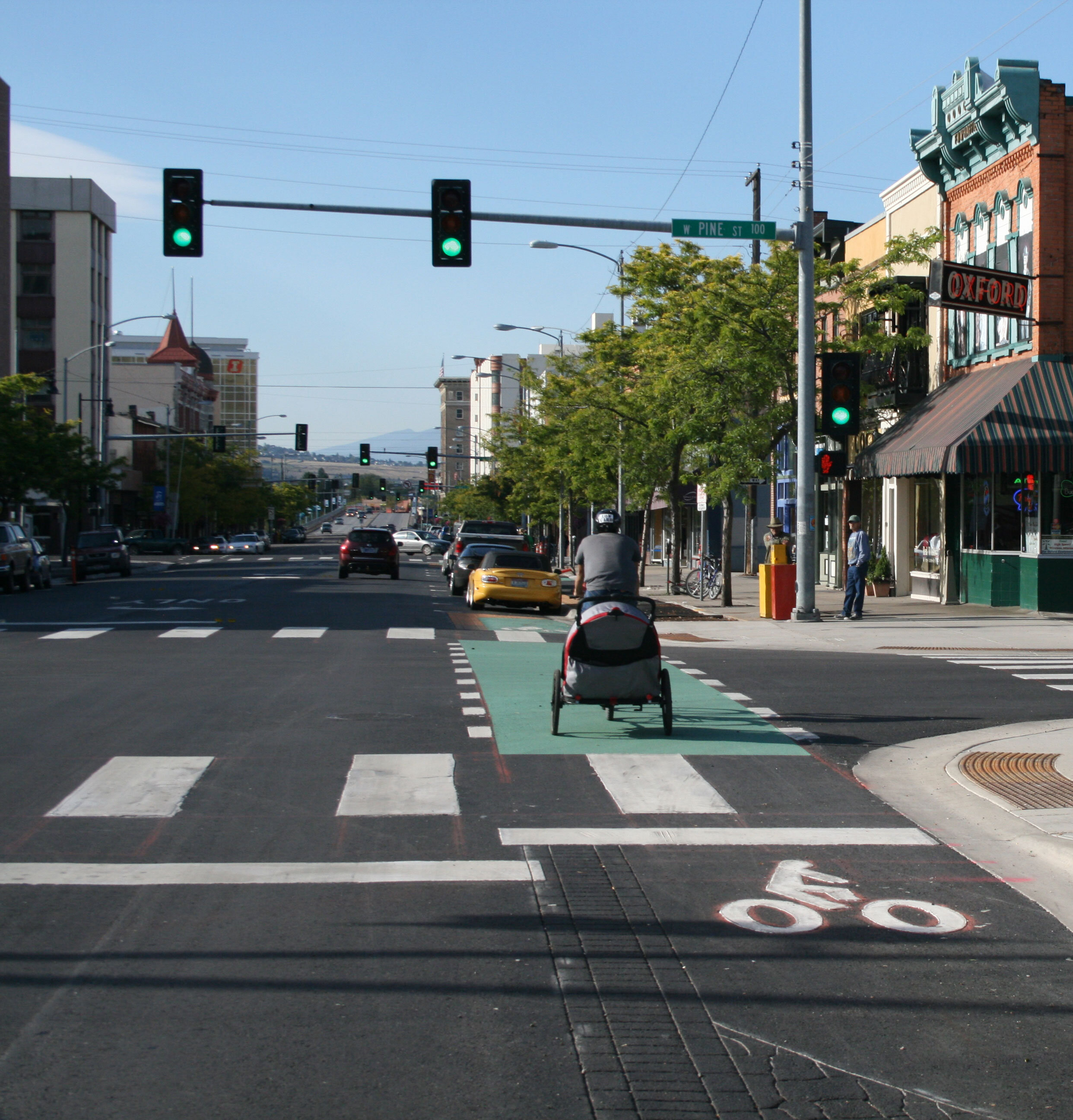
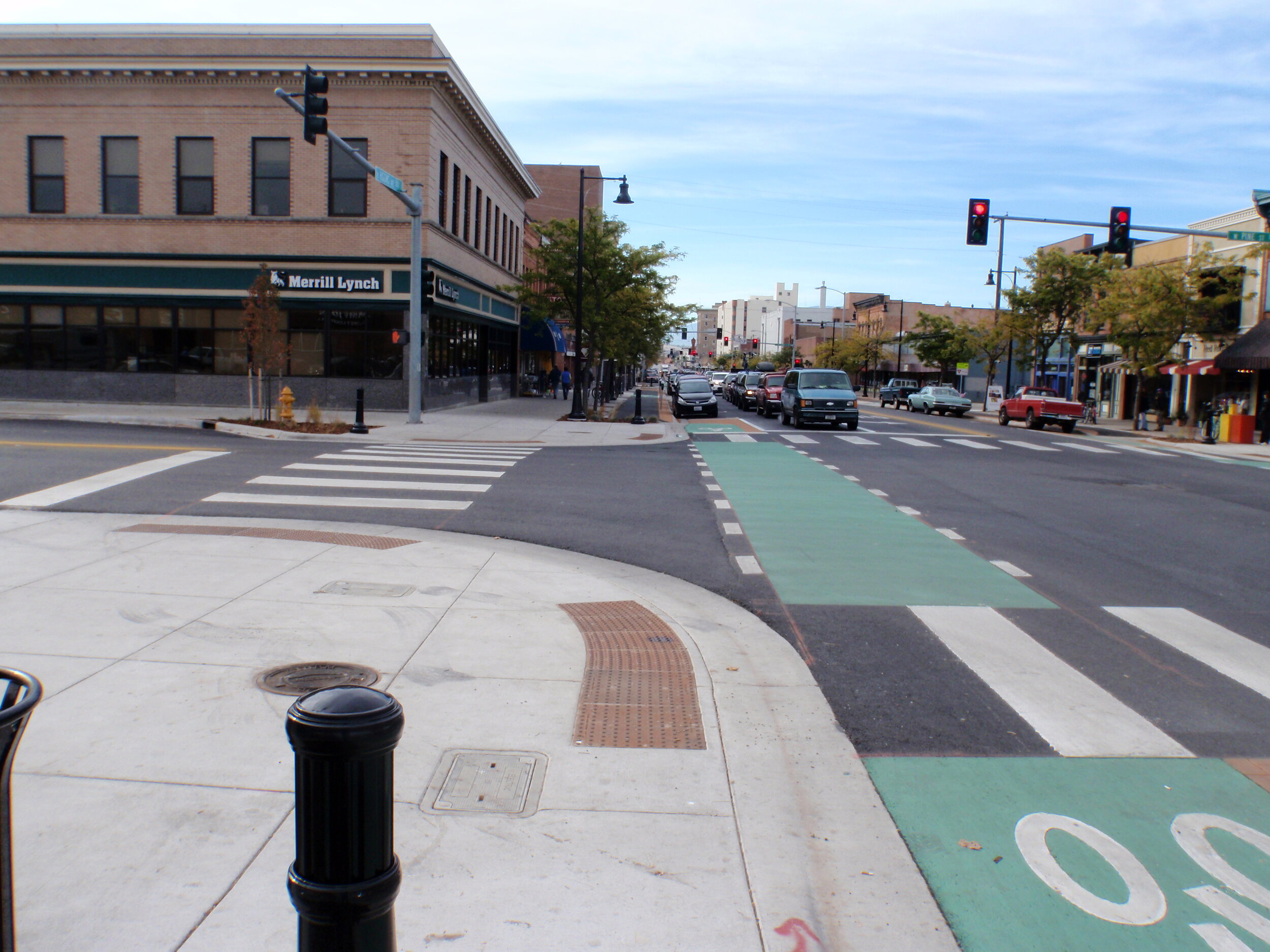
WGM Group provided project management, public involvement, design, and construction administration for the $1.6M roadway improvement project in downtown Missoula. The design included converting an existing four-lane downtown street to three lanes, with, protected bike lanes, pedestrian corner plazas, sidewalks, ADA ramps, storm drainage improvements, lighting, and landscaping. The project included the first protected bikeway in Montana and has been recognized in national publications, including the NACTO Urban Bikeway Design Guide.
The ease and safety of the improved North Higgins Streetscape is helping Missoula increase bicycle commuting, and reduce its carbon footprint and traffic congestion.
Improved quality of life is another major bonus to these types of infrastructure redesign projects. In recent years, major corporations like ClassPass have relocated to Missoula from major cities to enjoy the less crowded and more connected way of life.
Reinvigorating a Business and Lifestyle Hub with the Downtown Helena Master Plan
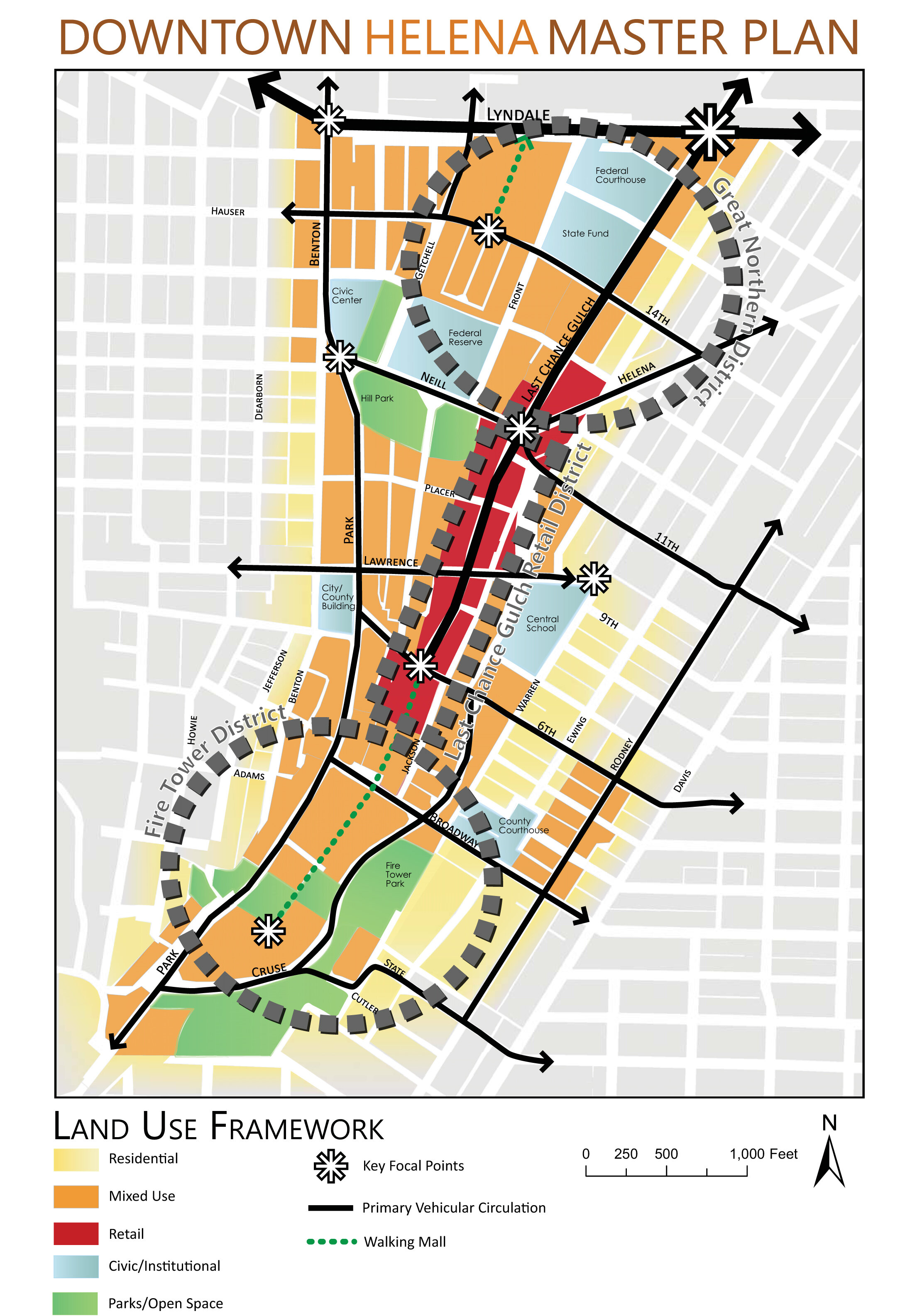
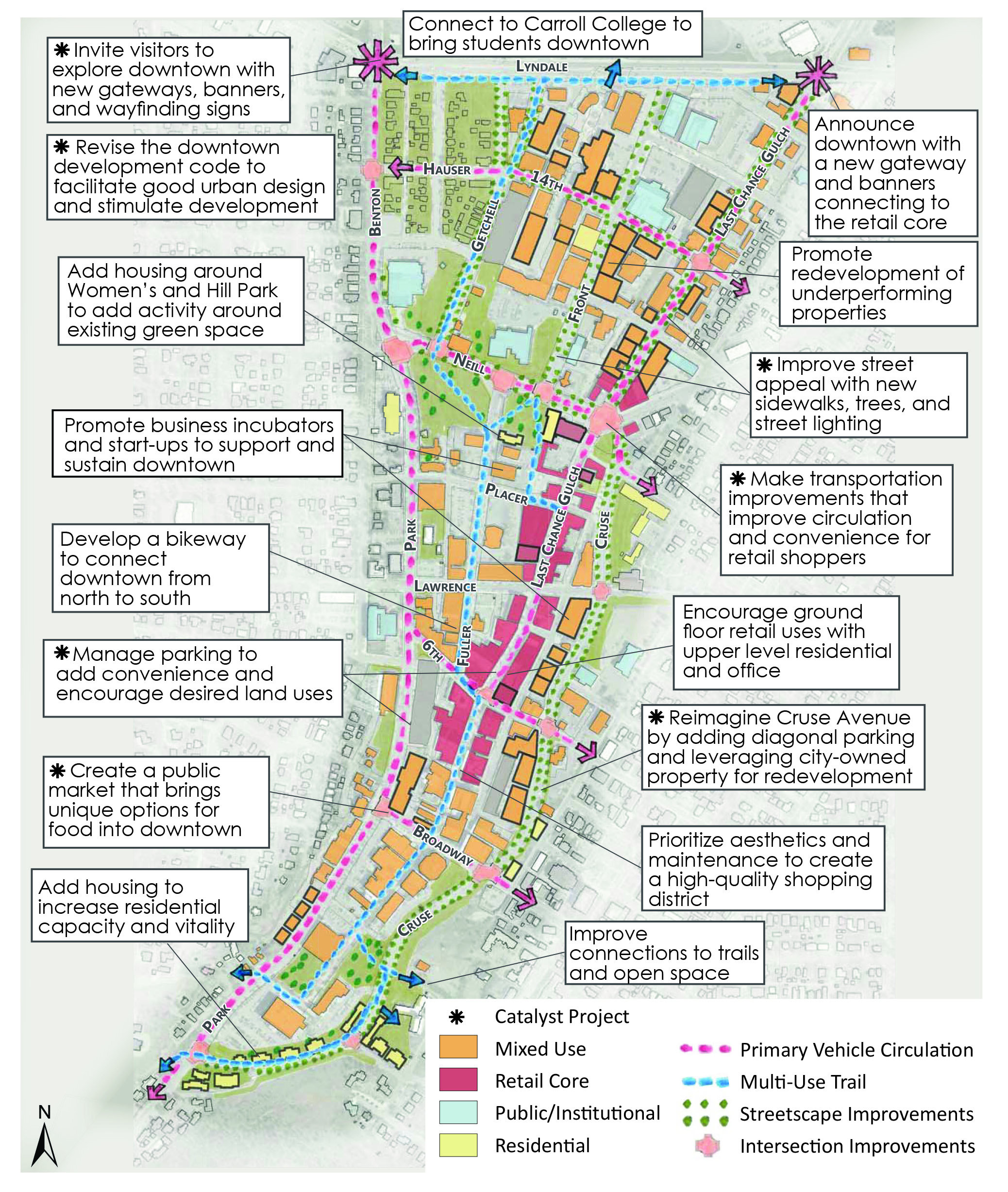

Helena, Montana has long been known as the state’s capitol city, where the lifestyle was focused on state and federal government activities. The lack of a planned commercial-retail-residential development mix on the community’s Last Chance Gulch Walking Mall was causing the area to languish, while the presence of box stores north of town grew.
WGM Group is proud to have helped the Helena Business Improvement District develop a Master Plan that will reinvigorate the local business downtown economy, and serve as the foundation for the community's future growth.
Over 1,700 people participated in the planning process, which resulted in guiding principles that address walkability; connecting with the community; creating a unique, high-quality environment; vibrant, year-round use; and convenient access, circulation, parking and every-day services.
By better connecting the downtown area, WGM Group is helping Helena maintain its unique sense of place, and bringing locals and visitors alike back to the historic city center.
